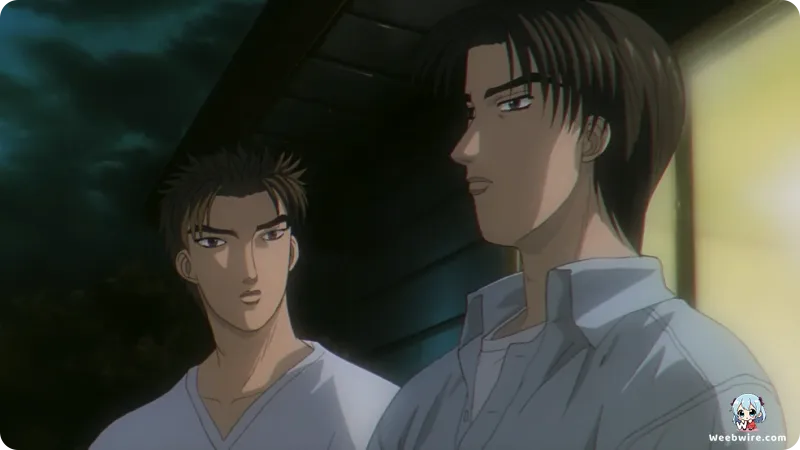Initial D 3rd Stage: How the Essential Feature Film Resolved Takumi's Deepest Dilemmas and Launched Project D

The year 2001 marked the arrival of Initial D 3rd Stage, a feature film that, despite often being overshadowed by its multi-season predecessors and sequels, stands as the single most critical narrative juncture in the iconic street racing franchise. Far more than a simple transition, this cinematic installment served as the indispensable bridge, meticulously resolving the emotional fallout from Initial D 2nd Stage and, crucially, laying the groundwork for the massive, career-defining Project D arc that would dominate Takumi Fujiwara's future.
Adapted directly from key chapters (138 through 179) of Shuichi Shigeno’s original manga, the film focuses intensely on the culmination of Takumi’s high school life and his two most pressing unresolved conflicts: the tumultuous romance with Mogi Natsuki and the pivotal choice regarding his pursuit of professional racing. The decision to produce 3rd Stage as a movie rather than a standard television run was a strategic move designed to grant Takumi’s personal dilemmas the necessary scope and weight.
A Necessary Emotional Closure
Romantically, the film delivers the definitive, albeit complex and bittersweet, conclusion to the Mogi storyline. This necessary closure to the emotional turmoil that had plagued Takumi since the first season was essential, enabling him to move forward unburdened and fully committed to the intense demands of Project D. The elevated production values afforded by the cinematic format ensured a focused, uninterrupted emotional arc, cementing the film's status as mandatory viewing for understanding the series' progression.
Technical Refinement and Visual Identity
Technically, Initial D 3rd Stage offers a fascinating snapshot of early 2000s anime production, particularly the evolving integration of 3D CG animation within traditional 2D artistry. Studio OB Planning carefully maintained the franchise's signature visual identity—those distinctively angular, polygonal cars synonymous with high-speed action—while subtly enhancing shading and fluidity. This incremental refinement was vital for clarity during the film's high-stakes racing sequences.

The movie also introduced one of Takumi’s most strategically challenging opponents: Kai Kogashiwa, piloting the mid-engine, rear-wheel-drive Toyota MR2 SW20. This battle is unique because Takumi, a master of the front-engine AE86, was forced to contend with the superior cornering stability and grip offered by the MR configuration. The film brilliantly showcases Takumi's genius as he rapidly adapts his technique, employing unconventional lines and deep knowledge of weight transfer to overcome the MR2's inherent advantages on winding mountain passes.
Adding depth to the narrative, the late and revered voice actor Keiji Fujiwara reprised his iconic role as Takumi’s father, Bunta Fujiwara. Bunta’s grounding presence and cryptic, humorous advice are key to guiding Takumi toward his crucial professional choice, maintaining the series' essential emotional anchor. Furthermore, 3rd Stage serves as a treasure trove for Eurobeat enthusiasts, meticulously selecting high-octane tracks for the climactic sequences, reinforcing the indelible cultural link between the franchise and the genre globally.
In every sense, Initial D 3rd Stage is a meticulously crafted cinematic event, essential for understanding the drama, speed, and musical pulse of the Initial D universe.
Credits
Initial D 3rd Stage
Author
Shuichi Shigeno
Cover Art
Shuichi Shigeno
Studio
OB Planning
Publisher
Kodansha
Producers





